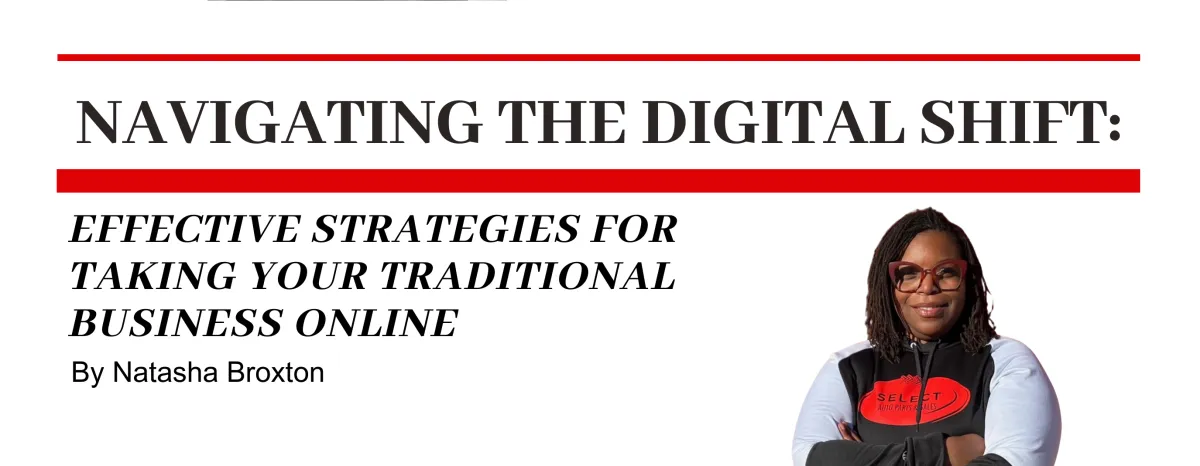
Navigating the Digital Shift: Effective Strategies for Taking Your Traditional Business Online
In an era where digital presence is no longer optional, traditional businesses must adapt swiftly to survive and thrive. Transitioning online can seem daunting, but with the right strategies, it’s both achievable and beneficial. This article outlines practical steps to help your traditional business embrace the digital world, ensuring a smooth transition and sustainable success.
1. Establish a Strong Online Presence
The cornerstone of digital transformation is establishing a strong online presence. Start by developing a professional website that reflects your brand’s ethos and values. Your website should be user-friendly, mobile-responsive, and optimized for search engines (SEO). This is your digital storefront, and it needs to attract and retain customers just as your physical store would.
2. Leverage Social Media Effectively
Social media platforms are powerful tools for building brand visibility and engaging directly with your target audience. Identify which platforms your customers use most and establish a presence there. Regularly post engaging content that provides value, whether through tips, promotions, or community interactions, to keep your audience engaged and informed.
3. Embrace E-commerce
For retail businesses, embracing e-commerce is essential. Implement an online store as part of your website where customers can browse products, check availability, and make purchases directly. Ensure the shopping process is secure and straightforward, with clear policies on shipping, returns, and refunds.
4. Optimize Digital Marketing
Digital marketing is crucial for promoting your online business. Invest in PPC (pay-per-click) advertising, email marketing, and content marketing to drive traffic to your site. Use analytics to track customer behaviors and tailor your marketing strategies accordingly. This data-driven approach helps refine your marketing efforts for better ROI.
5. Enhance Customer Interaction
Online customer service is vital. Offer multiple channels for customer support, such as live chat, email, and phone services. Responsive and helpful customer service can significantly enhance customer satisfaction and loyalty.
6. Integrate Technology for Efficiency
Adopt technology solutions that streamline operations, such as inventory management systems and CRM (Customer Relationship Management) software. These tools can help manage online customer interactions and backend logistics, making your business more efficient and adaptable to market changes.
7. Train Your Team
Ensure your team is well-equipped to handle the new systems and technologies. Provide training sessions that focus on the digital tools and customer service practices needed for an online environment. A well-trained team is essential for a smooth transition and will help avoid common pitfalls.
8. Monitor and Adapt
Transitioning your traditional business online is a strategic move that opens numerous opportunities for growth and expansion. By following these steps, you can build a robust online presence that extends your reach beyond local boundaries, offering your products and services to a global audience. Embrace the digital shift with enthusiasm and strategy and watch your business flourish in the new digital era.
